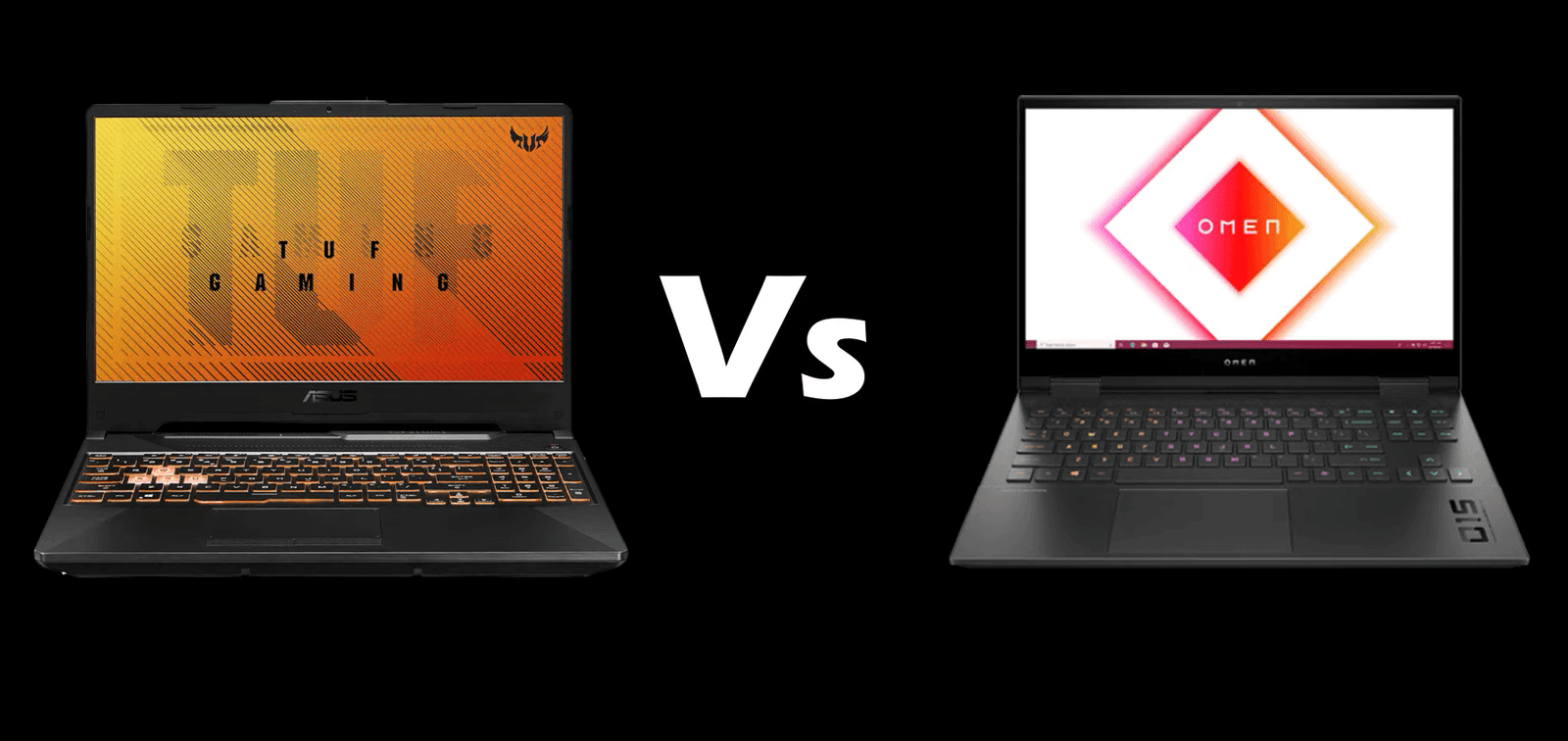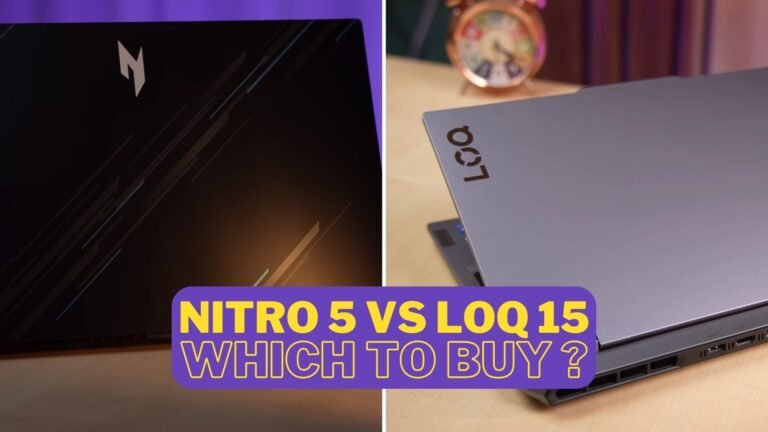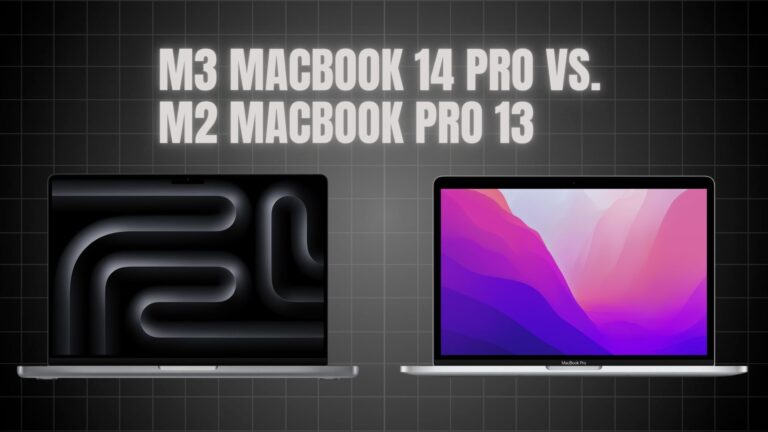In this comparison of HP Omen 15 AMD version and Asus TUF A15 gaming laptops, we will see a detailed comparison and what are the changes and improvements between them. At last, we will see which one is better overall.
 |  |
| BUY NOW | BUY NOW |
| HP Omen 15 (AMD) | Asus TUF A15 |
| PROS | PROS |
| Performs well for gamers and content creators. Great display with accurate color. | Efficient and powerful CPU performance than the previous gen. Good design and build. Value for money. |
| CONS | CONS |
| The hinges seem unstable. Little heavier than other gaming laptops. | Loud fans. Low-quality hinge and lid. |
SPECIFICATIONS
| DISPLAY | HP OMEN 15 (AMD) | ASUS TUF A15 |
| Type | 15.6-inch diagonal FHD, 144 Hz, IPS, anti-glare, micro-edge, WLEDbacklit, 300 nits, 72% NTSC display | 15.6″ (16:9) LED-backlit FHD 144Hz Anti-Glare IPS-level Panel with 45% NTSC, 15.6″ (16:9) LED-backlit FHD 60Hz Anti-Glare IPS-level Panel with 45% NTSC, 15.6″ (16:9) LED-backlit FHD 144Hz Anti-Glare IPS-level Panel with 72% NTSC with adaptive sync |
| Resolution | 1920 x 1080 | 1920 x 1080 |
| LCD Backlight Technology | WLED-Backlit | LED |
| PROCESSOR | HP OMEN 15 (AMD) | ASUS TUF A15 |
| CPU | AMD Ryzen 7 4800H | AMD Ryzen 9- 4900H Processor, AMD Ryzen 7- 4800H Processor, AMD Ryzen 5- 4600H Processor |
| Clock Speed | 2.9 GHz base clock, up to 4.3 GHz max boost clock | |
| Cache | 4MB L2 cache | |
| MEMORY | HP OMEN 15 (AMD) | ASUS TUF A15 |
| Speed | 3200MHz | 3200MHz |
| Technology | DDR4 SDRAM | DDR4 SDRAM |
| Size | 16 GB (2 x 8 GB) | 2 x SO-DIMM socket for expansion, total up to 32 GB, Dual-channel |
| HARD DRIVE | HP OMEN 15 (AMD) | ASUS TUF A15 |
| Storage | 1TB | 1TB or 256GB/512GB/1TB |
| Spindle Speed | M.2 PCIe NVMe Solid State Drive | 5400 rpm SATA HDD or PCIe Gen3 SSD |
| AUDIO & VIDEO | HP OMEN 15 (AMD) | ASUS TUF A15 |
| Graphic Processor | NVIDIA GeForce GTX 1660 Ti (6 GB GDDR6 dedicated) | NVIDIA GeForce RTX 2060 with 6GB GDDR6 VRAM, NVIDIA GeForce GTX 1660TI with 6GB GDDR6 VRAM, NVIDIA GeForce GTX 1650Ti with 4GB GDDR6 VRAM, NVIDIA GeForce GTX 1650 with 4GB GDDR6 VRAM |
| Sound | Audio by Bang & Olufsen with dual speakers | DTS:X Ultra |
| Camera | HP Wide Vision HD Camera with integrated dual array digital microphone | HD 720p CMOS module |
| OPERATING SYSTEM | HP OMEN 15 (AMD) | ASUS TUF A15 |
| Type | Windows 10 Home | Windows 10 Pro, Windows 10 Home |
| CONNECTIONS | HP OMEN 15 (AMD) | ASUS TUF A15 |
| Ports | 1 SuperSpeed USB Type-C 5Gbps signaling rate (DisplayPort 1.4, HP Sleep and Charge), 1 SuperSpeed USB Type-A 5Gbps signaling rate (HP Sleep and Charge), 2 SuperSpeed USB Type-A 5Gbps signaling rate, 1 RJ-45, 1 AC Smart pin, 1 Headphone / microphone combo (DTS: X Ultra), 1 Mini DisplayPort, 1 HDMI 2.0a | 1 COMBO audio jack, 2 Type-A USB 3.2 (Gen 1), 1 Type-C USB 3.2 (Gen 2) with display supportDP1.4, 1 Type-A USB2.0, 1 RJ45 LAN jack for LAN insert, 1 HDMI, HDMI support 2.0b, 1 AC adapter plug |
| Memory card | ||
| COMMUNICATIONS | HP OMEN 15 (AMD) | ASUS TUF A15 |
| Wireless Protocol | Intel Wi-Fi 6 AX 200 (2×2) and Bluetooth 5 combo (Supporting Gigabit file transfer speeds) | Integrated Wi-Fi 5 (802.11 ac (2×2)) and Bluetooth 5.0 |
| Wired Protocol | Ethernet | Ethernet |
| BATTERY | HP OMEN 15 (AMD) | ASUS TUF A15 |
| Capacity | 70.9 Whr | 90 Wh, 48 Wh |
| Cells | 6 cell | |
| DIMENSIONS & WEIGHT | HP OMEN 15 (AMD) | ASUS TUF A15 |
| Width | 14.09 in | 14.16 in |
| Depth | 9.44 in | 10.07 in |
| Height | 0.89 in | 0.89 in |
| Weight | 5.43 lbs | 5.07 lbs |
| MISCELLANEOUS | HP OMEN 15 (AMD) | ASUS TUF A15 |
| Color | ||
| Keyboard | Full-size, island-style, 4-zone RGB backlit, mica silver keyboard and 26-Key Rollover Anti-Ghosting Key technology | Chiclet keyboard with isolated numpad key |
| AVAILABLE OPTIONS | Option-1 Option-2 Option-3 Option-4 | Option-1 Option-2 Option-3 Option-4 Option-5 |
INTRODUCTION:
These two laptops are basically among the top competitive laptops in the marketplace. They both had the latest chip from AMD Ryzen 7 4800H processor and there is just so much horsepower under the hood. So, if you don’t know which laptop you’re gonna buy, then this comparison review will help you to make a decision.

DESIGN:
I totally in love with both of these designs at least aesthetically. With the Asus TUF A15, it has a metallic back, it felt durable. I am really happy at this price point to not see a plastic build, definitely appreciating that design choice. With the HP Omen 15, we don’t get a metallic build at least on the back of the screen but HP delivered a lot more where it really counted.
The Asus went with pretty much reusing their chassis from previous years just slightly updating it with design choices like a metallic back lid here on the back of the screen, HP took the time and the energy as well as the effort to invest in research and development for an entirely new thermal design here. So, this chassis has just absolutely huge ventilation grills across the bottom in the back of the chassis as well as on the side. So, it resulted in better performance. Basically, we are getting more plastic with the HP Omen 15 build quality, we are getting advancements where it counts here, so benefiting the user in terms of actual gains. The HP Omen 15 does have some screen flex, especially if you are grabbing it one-handed towards the side where the gap is and putting a lot of pressure or holding the entire weight of the chassis in that one spot.
DISPLAY:
In terms of screen, a lot of people say that the Asus TUF A15 isn’t worth it just because of its screen but it all depends on the use case. The HP Omen 15 screen can get brighter, it can get more vivid. The colors are punchy and vibrant, it’s more color accurate. Everything about using the screen on the HP 15 just felt good, it definitely felt almost easier on the eyes, it was a more enjoyable experience. So, if you’re looking for that better quality experience when it comes to the screen which is a huge part of the user interaction, you’re going to lean towards the HP Omen 15. I was able to game on the Asus TUF A15 gaming laptop and the screen never disconnected me or caused any issue with my immersion into the experience. So, I definitely still had an immersive experience on both laptops.
FEATURES:
The Asus TUF A15 has a bigger battery which is a 90-watt hour battery while the Omen 15 has a 70-watt hour. Taking a look at the rest of the internal design other than the battery size, I definitely prefer some elements over on the HP Omen 15 side. We get those nice copper thermal dissipation pads on both of our NVMe SSD drives but both laptops when it comes down to expandability, both do offer very much similar solutions. We’re getting an extra NVMe slot on both devices, so either one you can buy it and pretty much throw in an extra NVMe at any time, and they both also do have dual memory slots. So, you definitely can bring up the RAM to much higher capacities than what you get in these default configurations are mostly with about 16 gigabytes of RAM.
In terms of the speakers, the HP Omen 15 gaming laptop comes with bang Olufsen branded speakers and they were supposedly designed in collaboration with them. These are very crisp and clean-sounding speakers at any volume, the lows, the highs, and everything even at the highest volume, I did not hear any distortion. While I was listening to music on this laptop or gaming, I had the volume at a maximum which I enjoy a lot. However, the A15 definitely was able to get louder, I absolutely noticed a louder volume from the speakers in the Asus TUF A15 gaming laptop. So, if it comes down to it, if the priority thing you care about is volume, the Asus A15 is going to be your choice, it’s going to give you louder volume. However, there’s something about the way the HP speakers are tuned, it definitely felt like a more refined experience. I prefer the speakers on the HP Omen 15 but the Asus A15 can get louder comparatively.
Looking at the webcams and the internal microphones, I consider the HP Omen 15 webcam to be an upgrade over the Asus TUF A15 but both are still not the best.

PERFORMANCE:
To see what kind of actual performance difference would you see in these two laptops. We did some benchmark tests. Starting with the Cinebench R20 and it gets a score of 4432 from HP Omen 15 while the Asus TUF A15 only managed about 4222. So, in terms of multi-core performance, we are seeing about 5% more improvement over on the HP Omen 15 side. Getting into a Passmark performance test, the CPU mark gets pretty close numbers with these laptops, and looking over at our 2D and 3D graphics mark, we do have stronger numbers over on the Asus TUF A15 side, absolutely that’s expected because it depending on which variant you pick up with the HP Omen 15 and what GPU configuration that has, these numbers very much could be different and be in one or the other’s favor either way. Look at the Memorymark score, I did see faster memory performance on the Asus TUF A15 about a 12% performance difference, and from our disk performance, Omen 15 getting a 24,000 which is almost 70% faster than the hard drive that Asus A15 gave in this test.
Getting into Adobe Premiere export times and this is where we can see the thermals of the HP Omen 15 definitely give it a big advantage over the Asus TUF A15 looking at the extended workloads, while the core clock speeds on the Asus TUF A15 were still quite good overall when I was doing initial testing, I basically that the HP Omen 15 were better. Here, with the HP Omen 15, I was getting a 3 minute 50 seconds export time for a 9 minute 4K resolution video compared to 4 minutes and 10 seconds over on the Asus TUF A15. So, in terms of export time, HP Omen 15 managed to pull off a 10% performance delta over the Asus TUF A15.
Getting into the gaming numbers, what kind of frame rates you guys can expect while using both of these laptops. The HP Omen 15 managed 87 frames per second in Apex legends on high settings at 1080p, while the Asus TUF A15 managed 100 frames per second at ultra-level settings. With Fortnite, the Omen 15 managed 90 frames per second outdoors, while the Asus TUF A15 managed about 100 frames per second. Shadow of Tomb Raider, the Omen 15 was able to get about 75 frames per second with RTX disabled and the Asus TUF A15 managed 65 frames per second with RTX enabled. So, out of the RTX 2060 on the Asus TUF A15, we’re seeing very playable numbers with ray tracing enabled, which’s important to you. Similar to the Call of Duty: Warzone, you can get 100 frames per second on the HP Omen 15, while on the Asus TUF A15, it’s about the same on high settings with ray tracing enabled.
ACCESSORIES:
Taking a look at the keyboards, they are very different keyboards. HP definitely went with more of a design to give you a little bit more of a tactile feeling, a little bit more travel. Whereas, Asus went much more for a linear feeling giving you just a smooth keypress all the way down to the bottom. So basically, you don’t really feel that actuation at all. So, after spending a lot of time typing on both the keyboards, the Asus TUF A15 actually a little bit mushy in terms of typing and I much prefer the HP Omen 15 because it gave me a little bit more of a tactile feel but it wasn’t too loud.
In terms of trackpads, they are both windows precision trackpads and we do have buttons on the trackpad of the Asus TUF A15. Having spent a lot of time on a MacBook trackpad, I’m definitely more comfortable on the HP Omen 15 trackpad because while you do lose the two clicky buttons, the result is a larger trackpad and because of that you are getting more surface area to use and interact with the device.
BATTERY:
When it comes to the internals department over on the Asus side, the star of the show is its 90-watt hour battery. I was easily every single day seeing all-day usage cases pretty much executed without a problem. So, if you’re looking for an all-day laptop where you can use it all day for productivity work, the Asus TUF A15 will definitely do it. The 70-watt hour battery is definitely no slouch over on the HP Omen 15. I was still managing to get around six-hour battery life use cases with no problem which is enough.

WHICH TO BUY?
What are the main biggest differences between these laptops? When you’re considering whether I go with the HP Omen 15 or the Asus TUF A15, they’re pretty much going to come down to screen quality, thermals, and battery life.
While the screen experience on both of these devices is good, definitely enough for the gaming and some productivity work, definitely the win goes to the HP Omen 15. If battery life is a big one for you in your use case, the 90-watt hour configuration with the Asus TUF A15 is pretty much the way to go but the HP Omen 15 is no slouch either with the 70-watt hour battery. The last performance difference between the two models is the thermals. For thermals, the HP Omen 15 maintains higher clock speeds and it gives higher performance numbers, shorter export times, and basically in every way if what you care about is CPU performance and extended workloads, HP Omen 15 is the better one. If you value GPU performance and it is all you really care about and you’re okay with a little bit lower thermal performance when it comes to CPU output then the Asus TUF A15 might be okay for you to consider.
Expert reviews of HP Omen 15 (AMD):
By Pcmag
Premium quality, long battery life, and an expert pairing of AMD and Nvidia components make HP’s Omen 15 a formidable…By Tomshardware
The HP Omen 15 offers solid performance for the price in a newly refined chassis, but it can get a bit hot under load, and you’ll spend time uninstalling bloatware.By Techadvisor
The HP Omen 15 (2020) is affordable, with a brilliant CPU, a decent graphics card and good looks. The screen, battery and build quality and mediocre, though, and the keyboard could be better. It’s good, but there are plenty of decent rivals.Expert reviews of Asus TUF A15:
By Trustedreviews
The Asus TUF Gaming A15 is a great gaming laptop for those on a budget. It has an excellent Full HD performance, decent display…By Expertreviews
A powerful, superbly priced laptop thanks to AMD’s new Ryzen 4000, but the Asus TUF Gaming A15’s screen isn’t up to much.By Techadvisor
The Asus TUF Gaming A15 looks bold, and it’s got solid Nvidia and AMD hardware alongside decent ergonomics, but potential component issues hinder it – and it suffers thanks to a poor screen and mediocre connectivity. It’s not bad, but there is plenty of strong competition.






